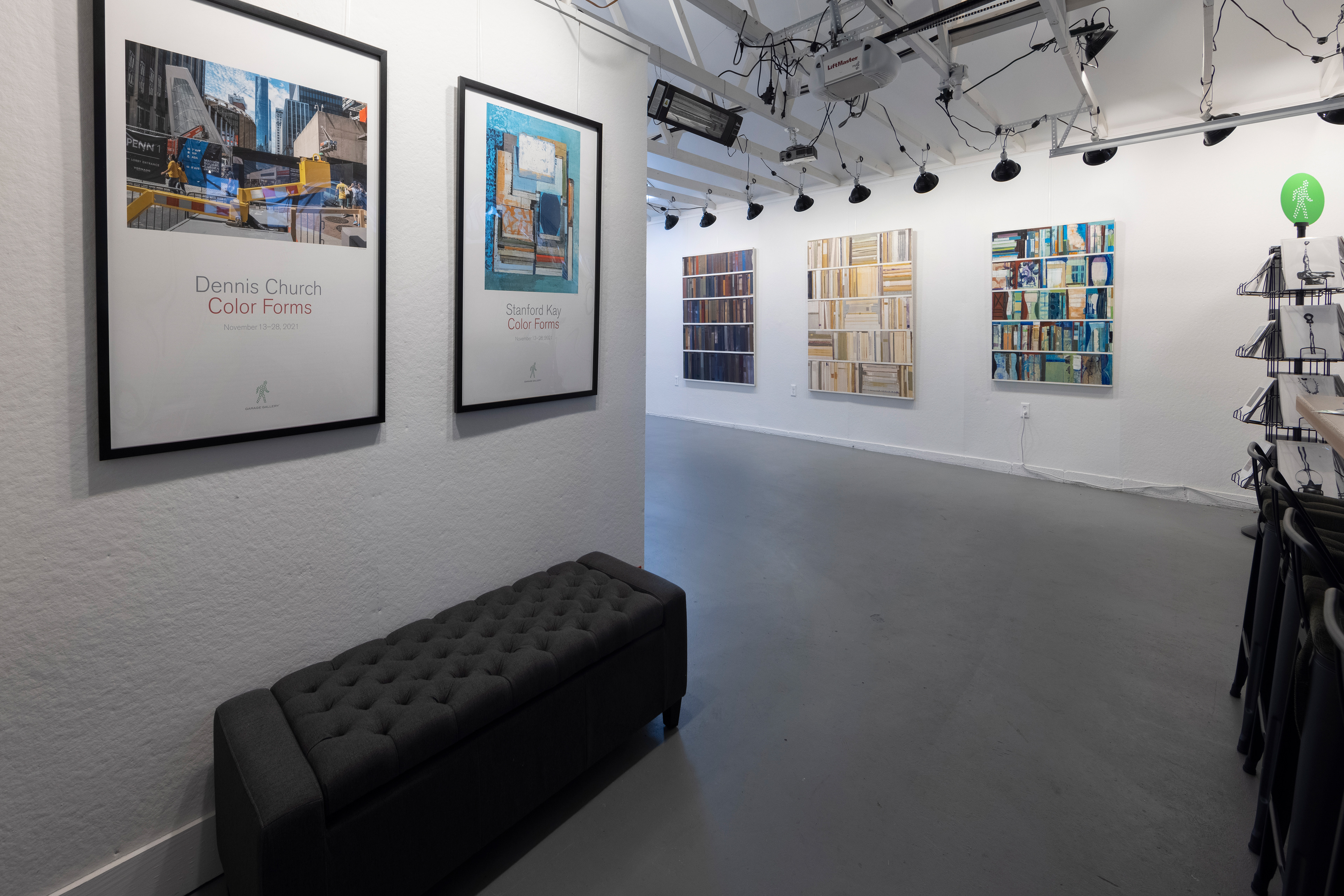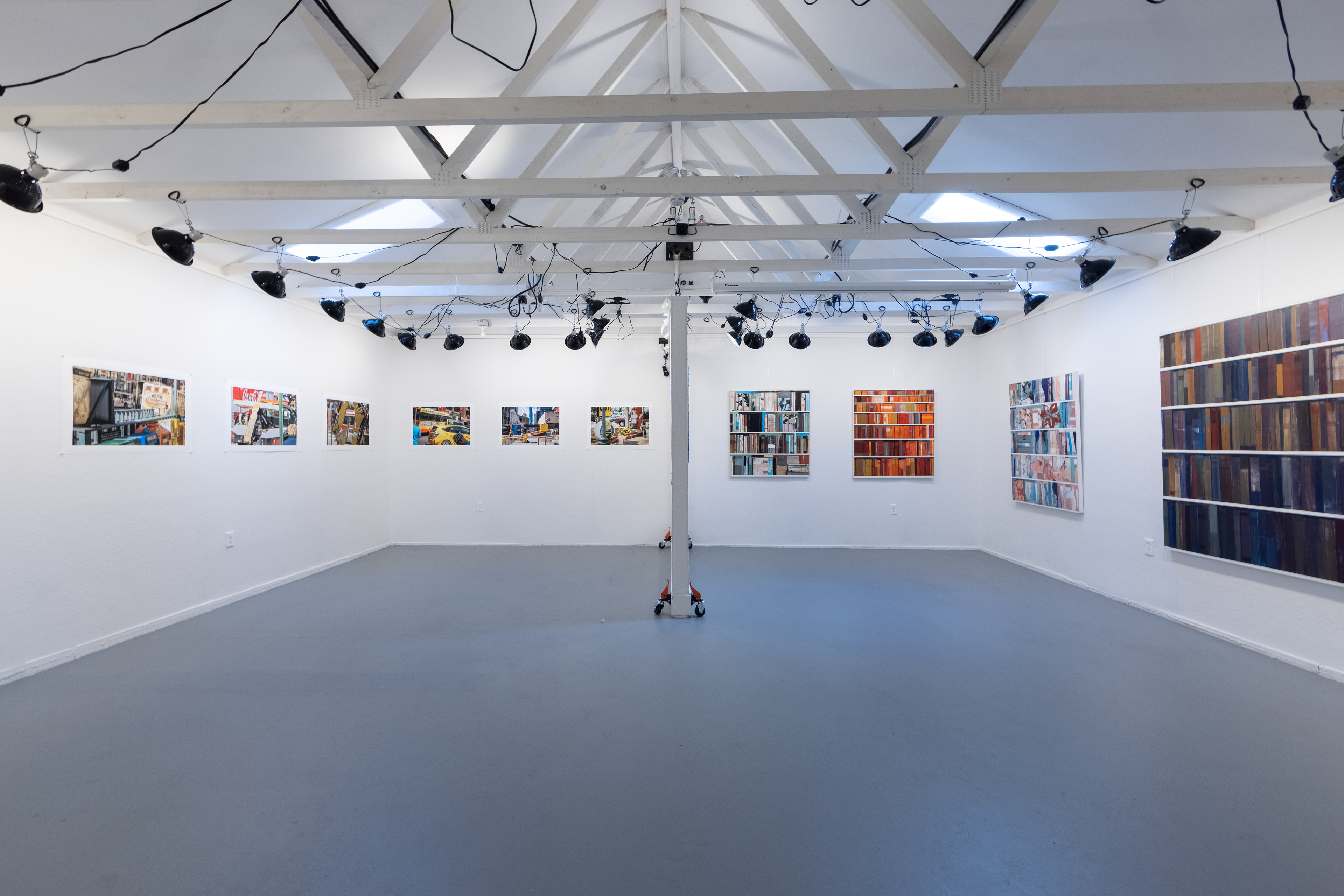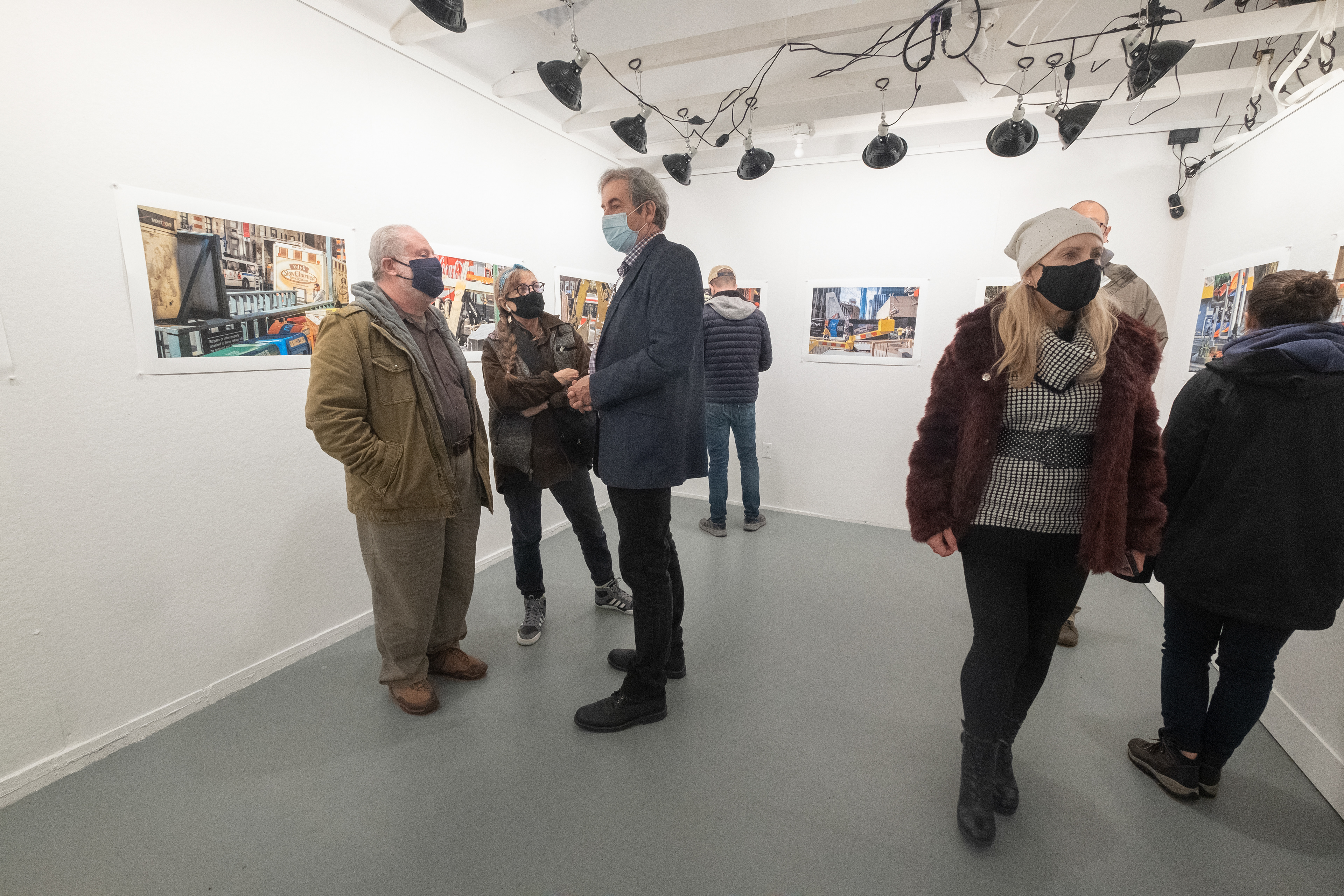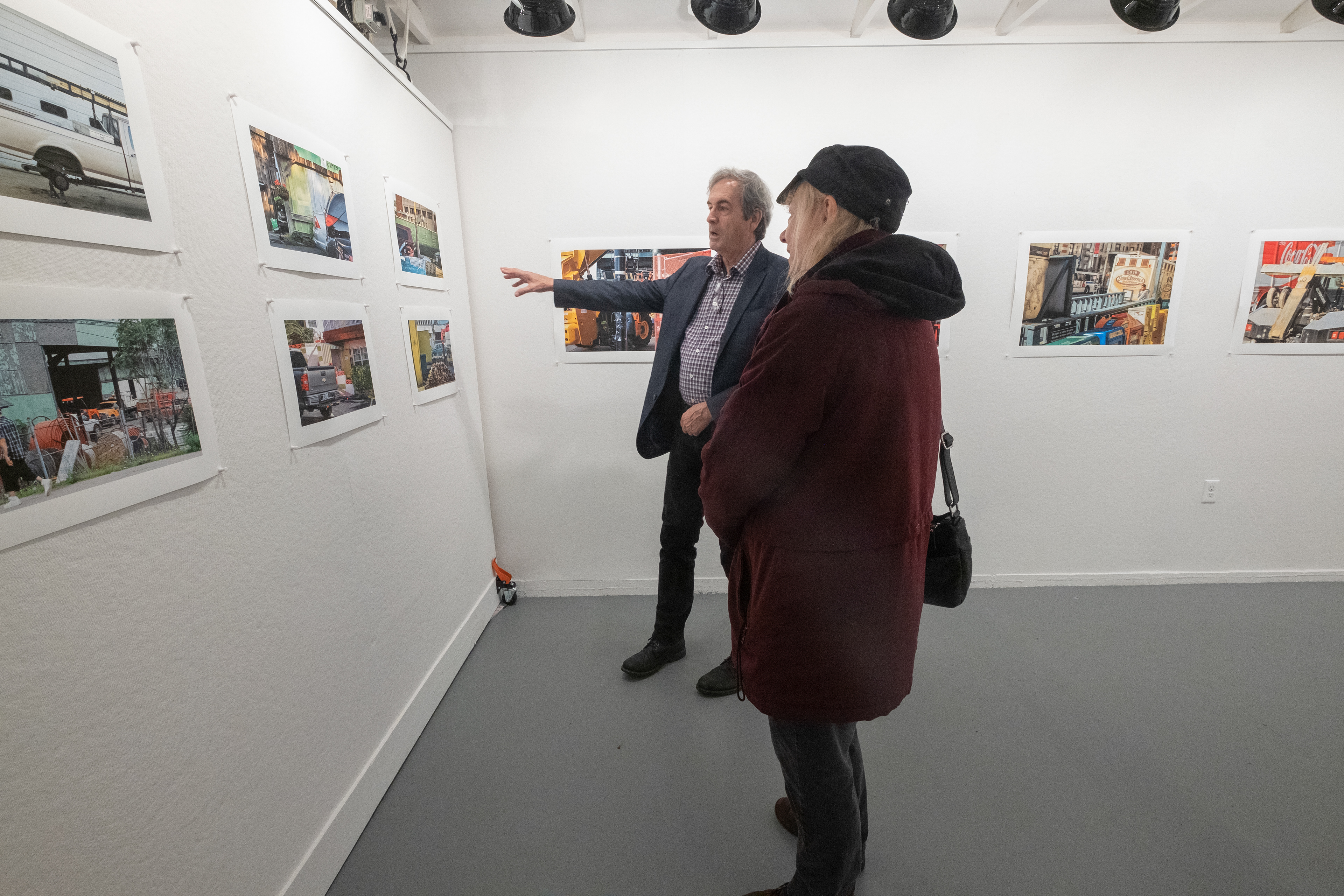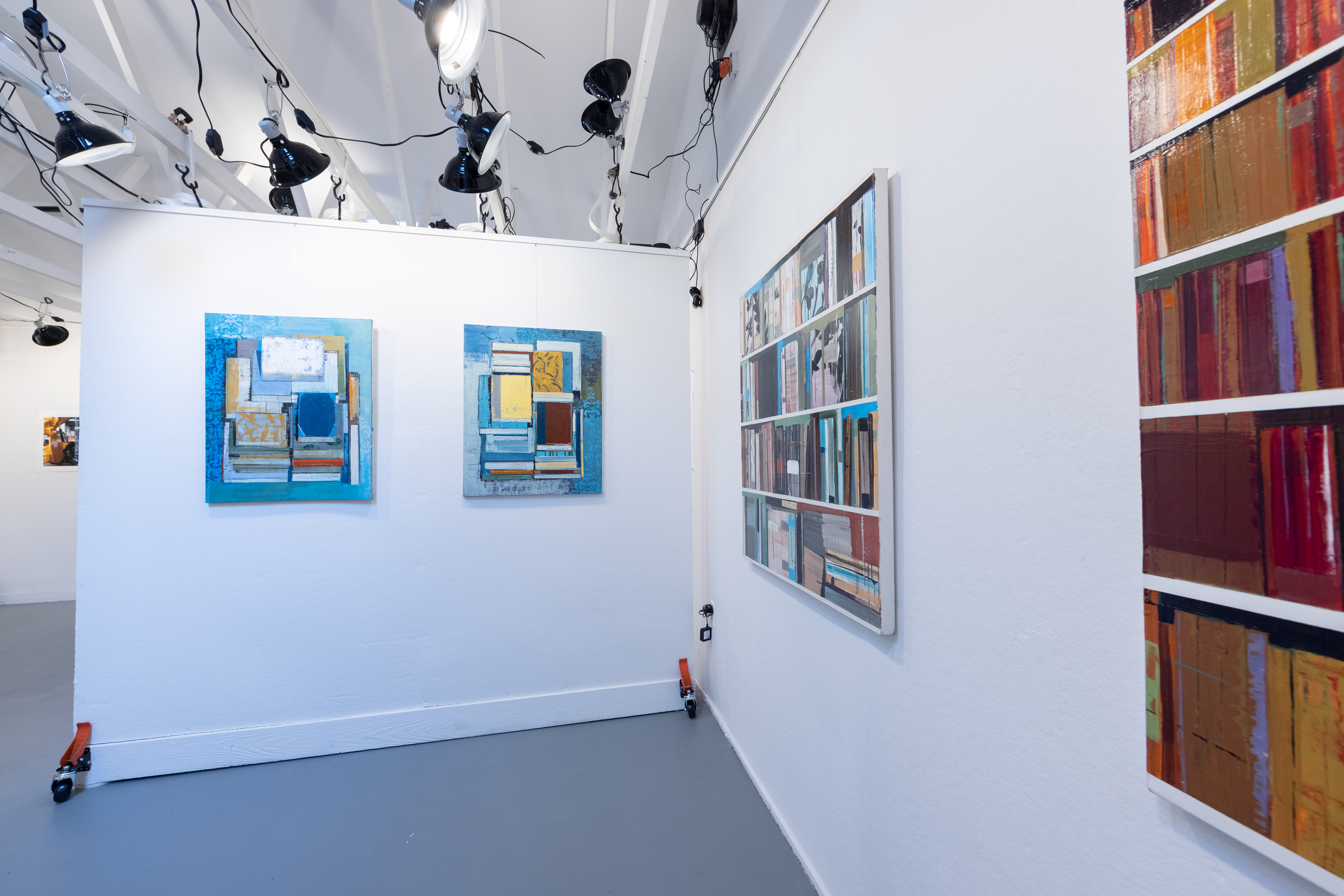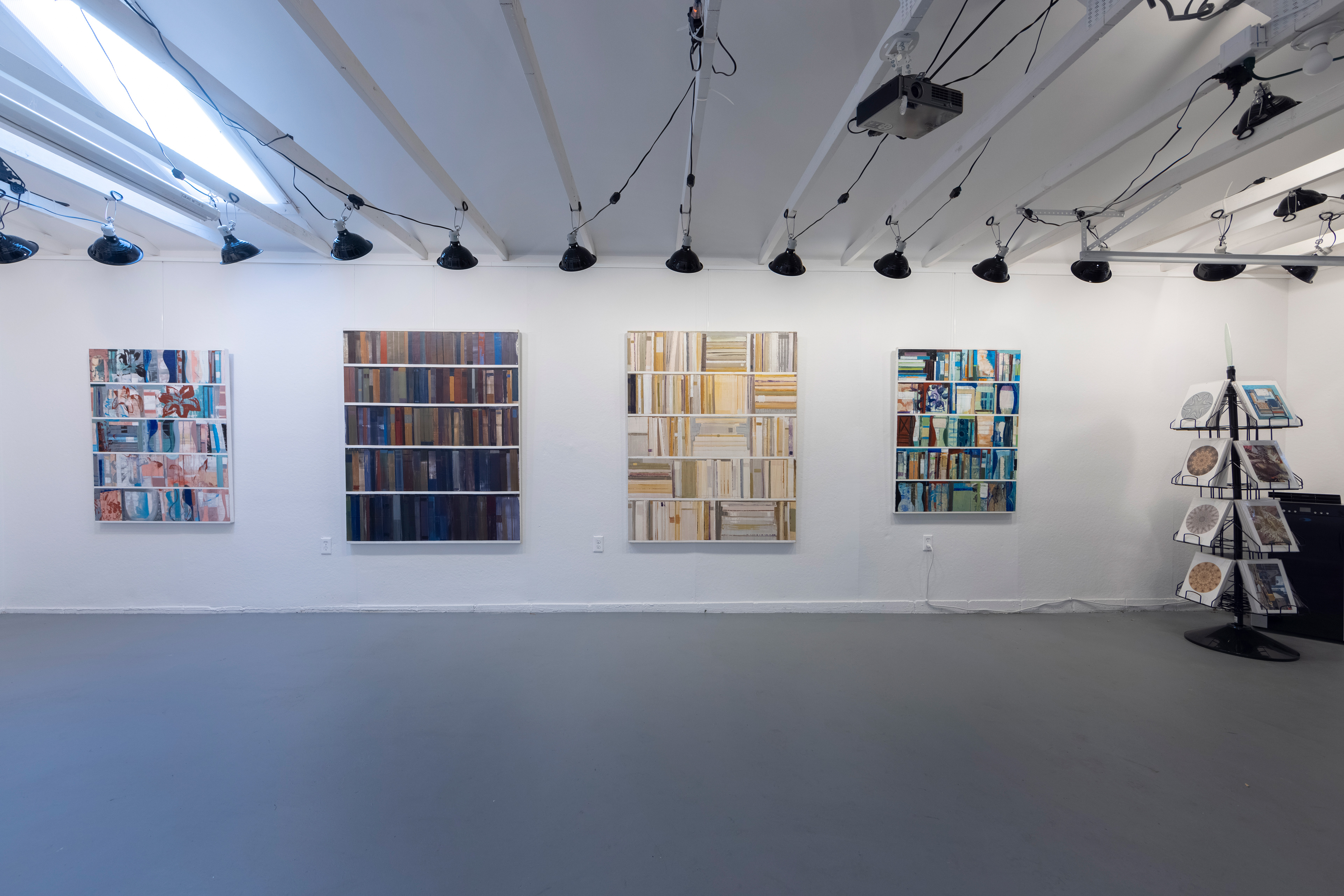Want to be added to our exhibition mailing list? CLICK HERE!
SEPTEMBER 2021
Time & Tide
M’Liz Keefe &
Jim Nickelson
M’Liz Keefe &
Jim Nickelson
September 4–26, 2021
Opening Reception, September 11th
Opening Reception, September 11th
Something deep within the human psyche draws us to the coasts, those places where earth, air, and water meet. As children we stand ankle-deep at the ocean’s edge, delighting in the rush of water as it waves in, then struggling to keep our balance as it flows back out. As adults, we stare out toward the horizon, mesmerized by the joining of sea and sky into a line that we can see so clearly yet isn’t really there. For some of us though, summer beach days aren’t enough.
M’Liz Keefe found her true home on the impossibly rugged Fogo Island, located off the coast of Newfoundland. There, the extreme climate makes constant engagement with nature a necessity. The rhythmic pulse of the waves, the daily turn of the tides, and the yearly progression of the seasons become the organizing principles of life—and for Keefe, the source and subject of her art. She compresses that accumulated wealth of sensory information and emotional responses into compelling paintings that are abstract in overall impression, yet the highly articulated surfaces convey the richness of life on the edge of the planet. BIO
While Keefe looks out toward the horizon, Jim Nickelson looks up to the sky from his home in Camden, on the rocky coast of Maine. He serially photographs the night sky, capturing the movement of the stars over a single night and the rising and setting of the moon over many years, then composites them together to create his striking Pale Fire images. Compressing time and flattening space, his photographs draw our attention to the long arcs of the universe that silently organize our world. And the influence of these interstellar forces are reflected in the patterns that emerge from the near blackness of companion Codex Natura images. BIO
© M'Liz Keefe 2021
www.mlizkeefe.com
Canto One, VI © Jim Nickelson
www.jimnickelson.com


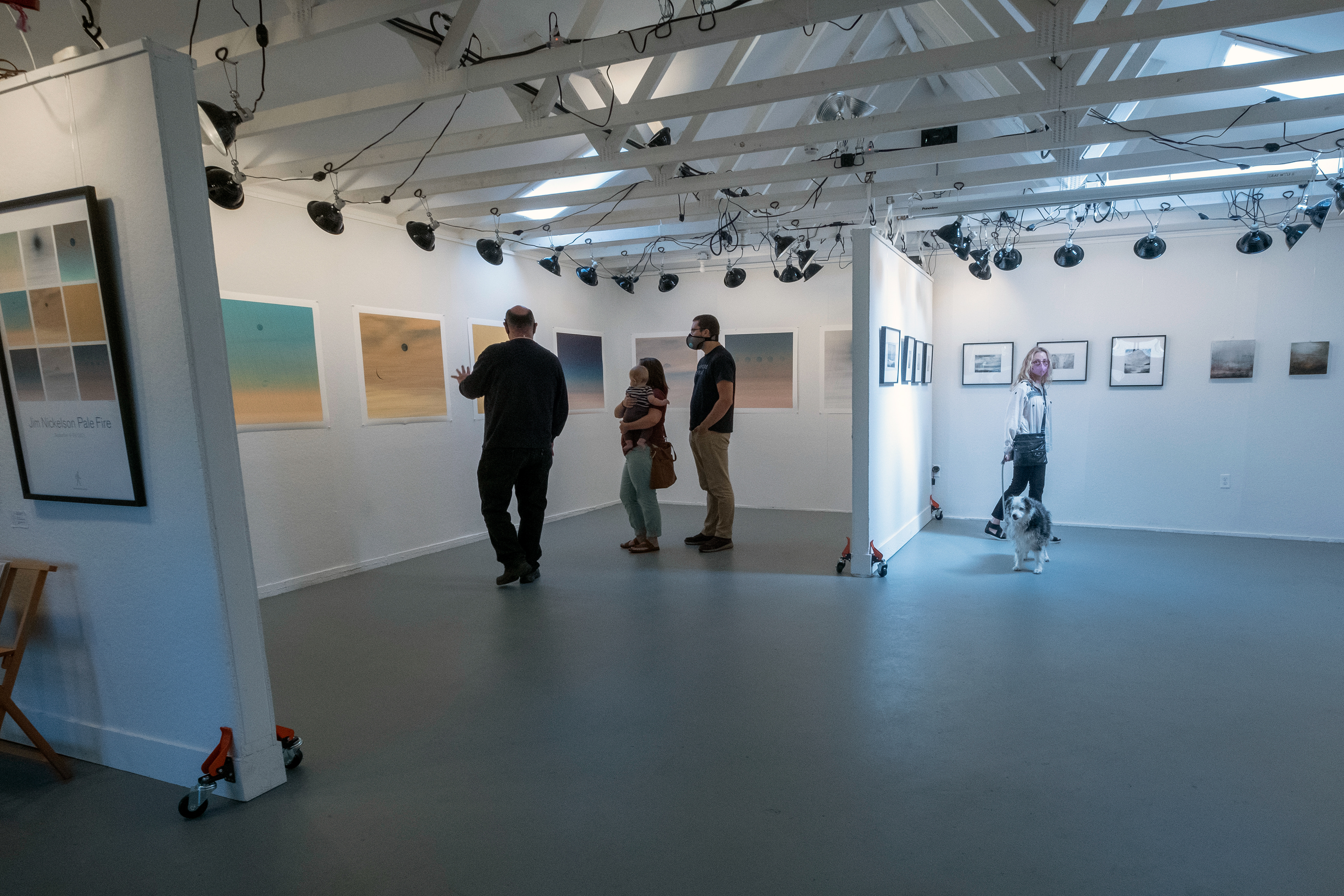
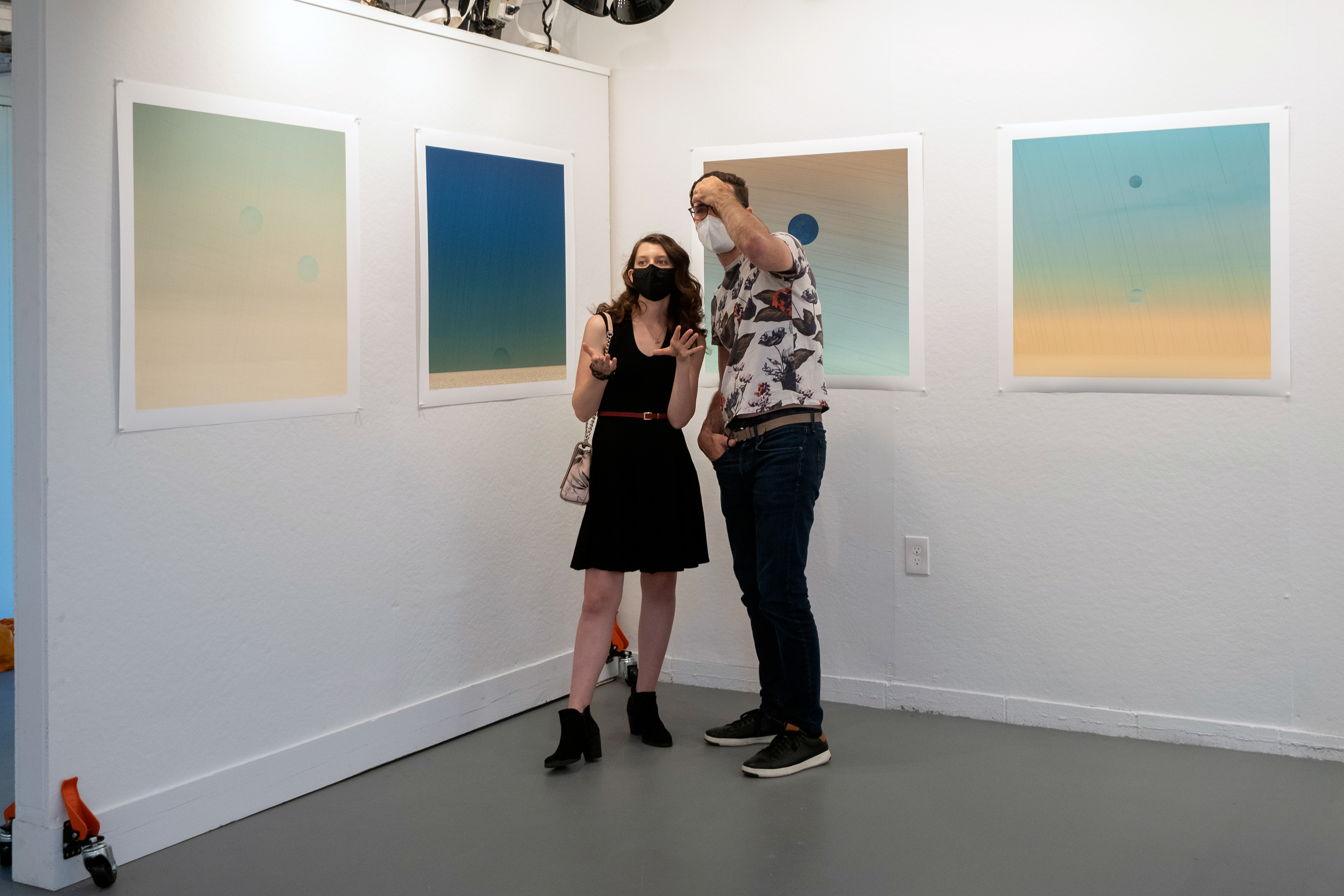


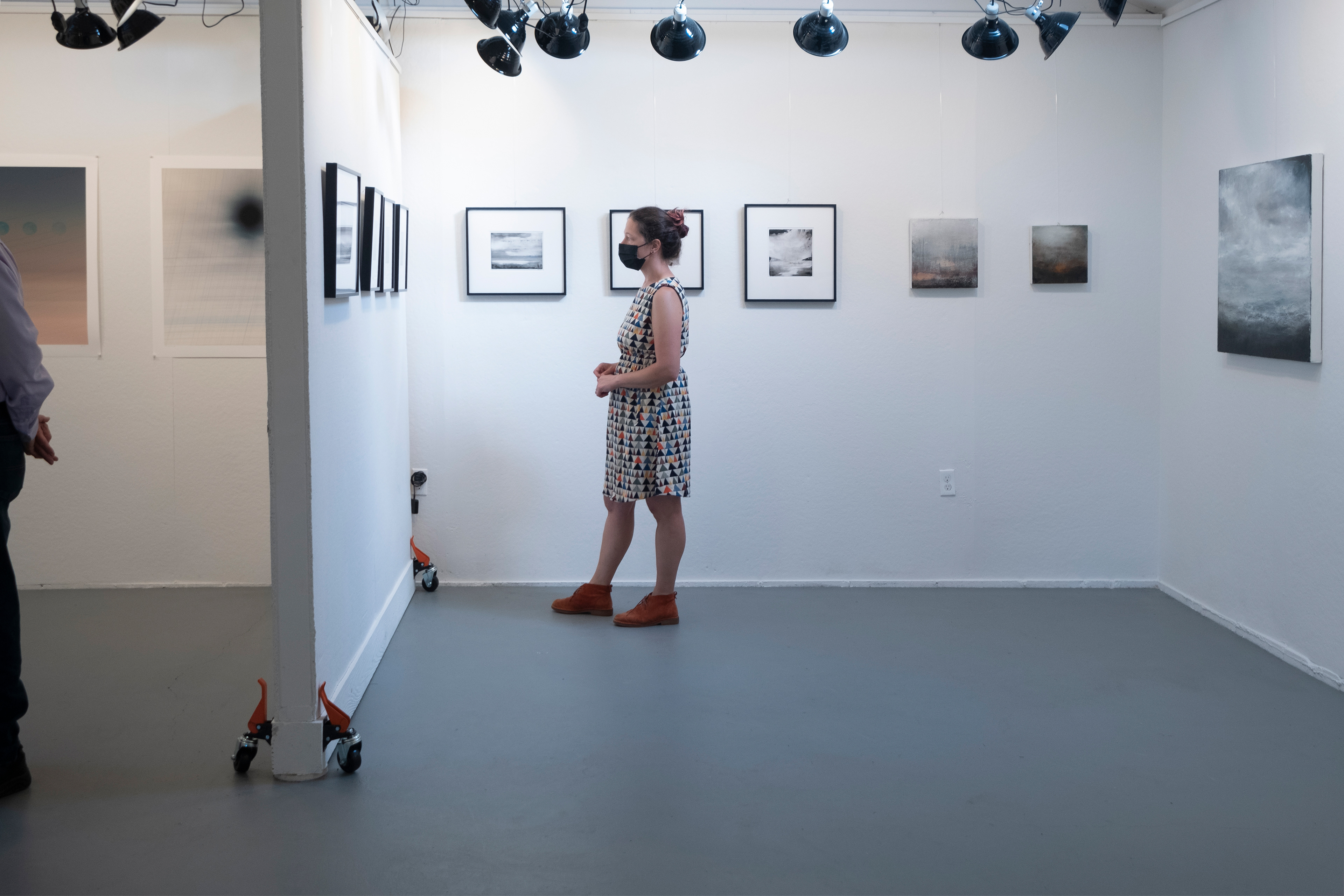
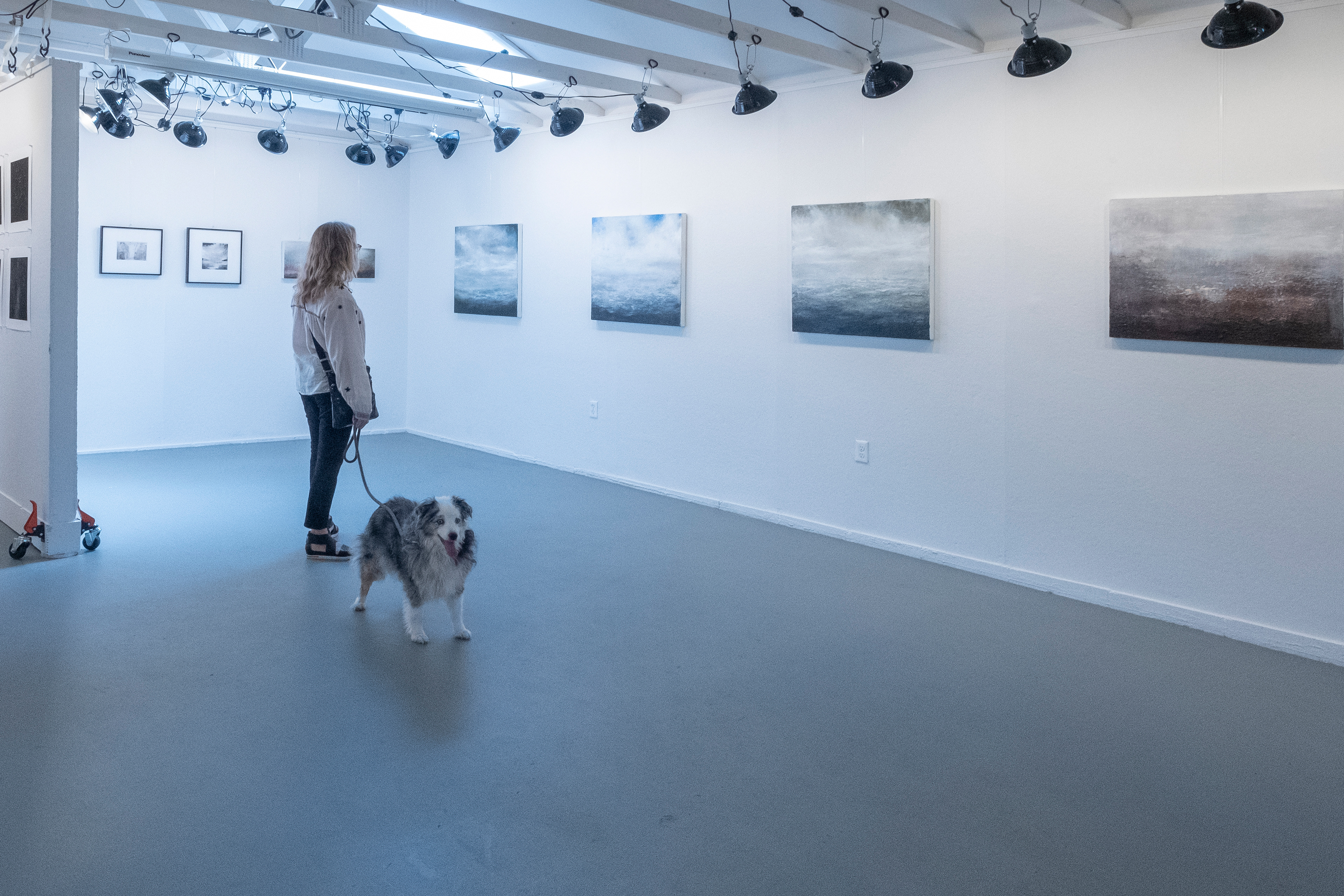
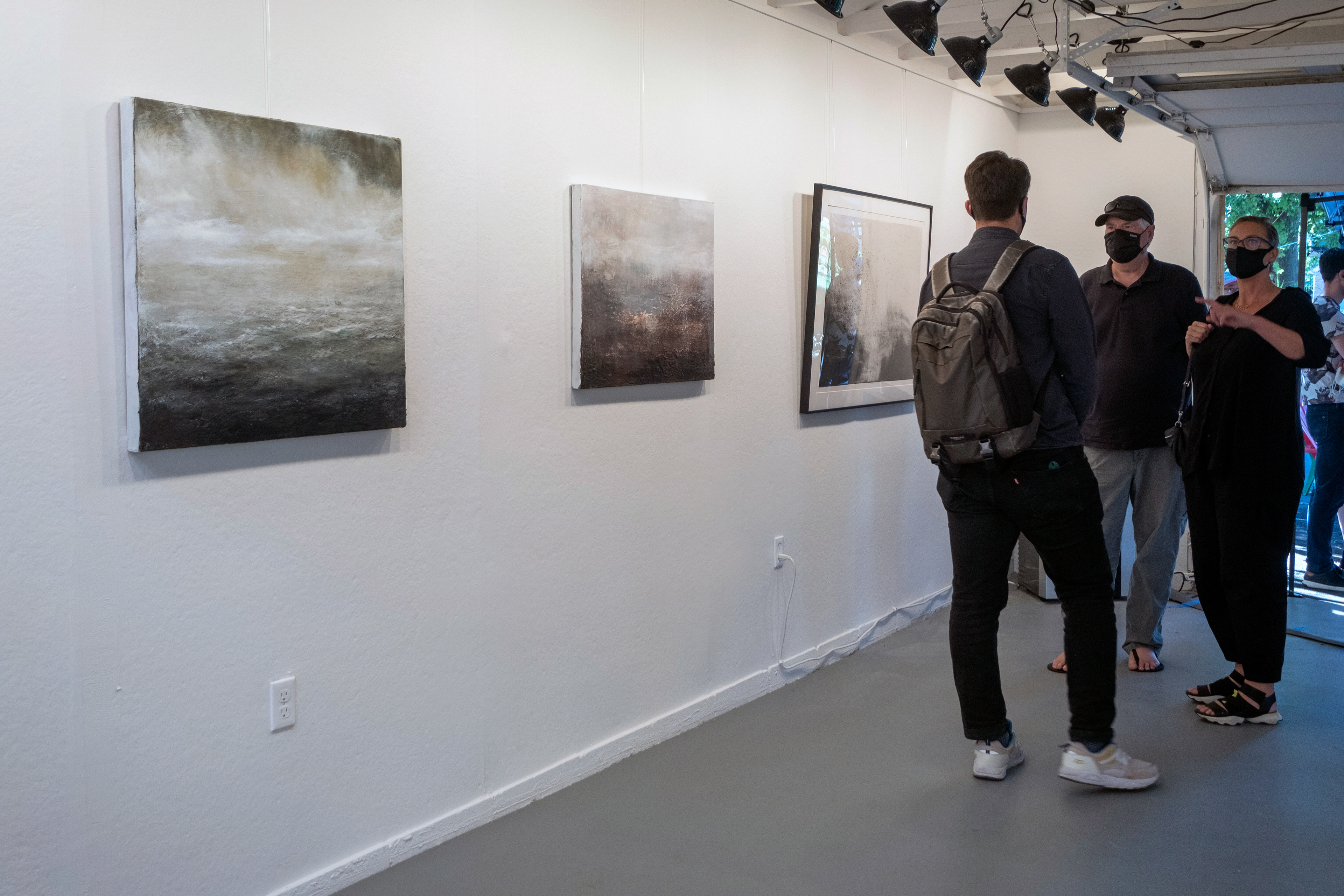
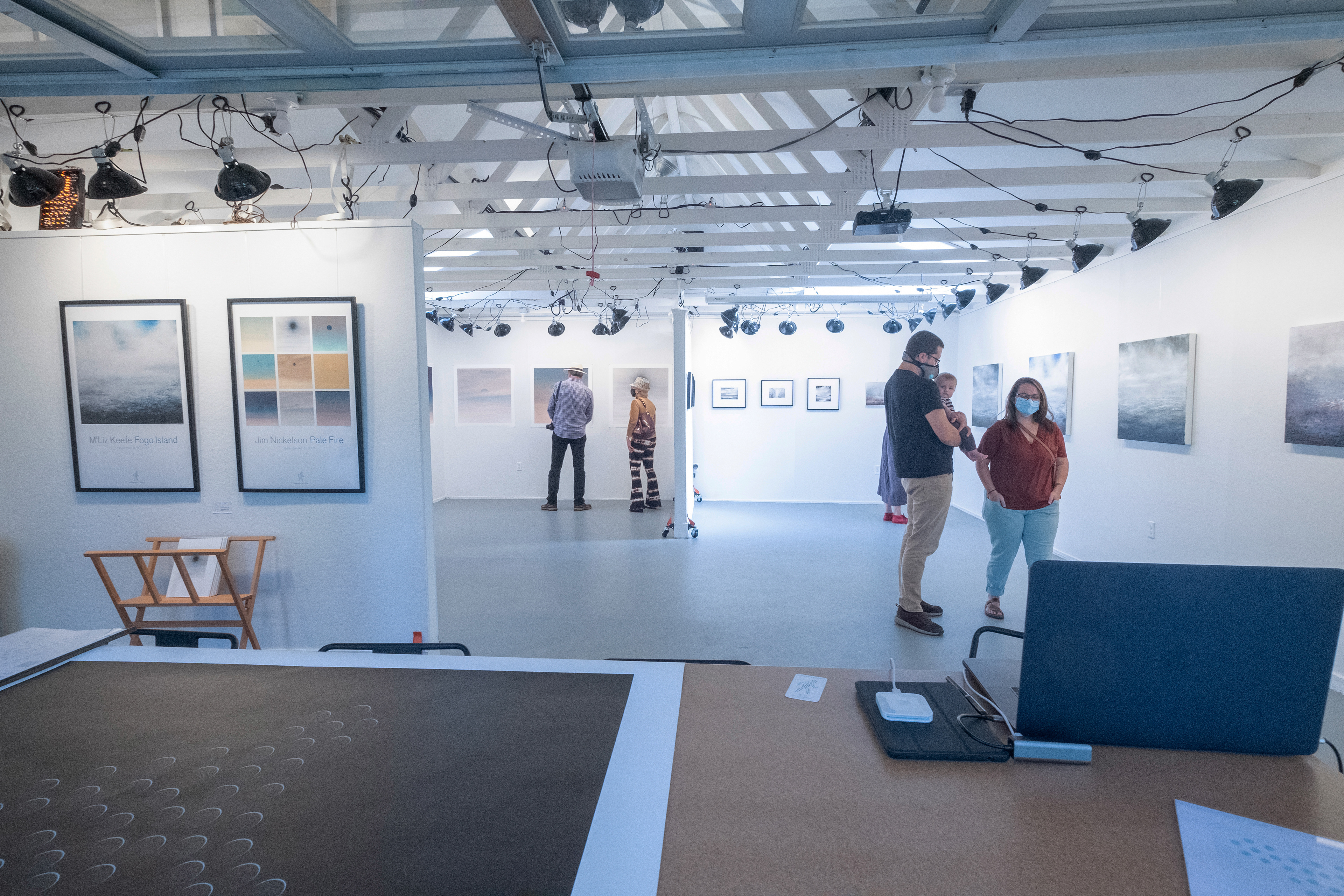

OCTOBER 2021
Ghost in the Machine
Traer Scott &
Jon Wollenhaupt
Traer Scott &
Jon Wollenhaupt
Past Exhibition
October 9–31, 2021Opening Reception, October 9th, 3–6pm
Photographers are often drawn to reflections. The alternate visions captured in any polished surface make for lively, often witty pictures. But the inherent duality and compression of these images also allow artists to tell complex stories and pose serious questions about our relationship to the world we have created.
Over the many hours she spent in her hometown natural history museum, exploring while her mother worked, Traer Scott developed an affection for everything “old, musty, and mysterious,” especially the taxidermy animals. Decades later she began photographing wildlife dioramas in museums across the country, drawn at first by nostalgia, then intrigued by the narrative possibilities. Once carefully crafted windows into life in locations too remote for most travelers, they are now poignant reminders of species and ecosystems decimated by human activity.
With their theatrical color and lighting, Scott’s otherworldly images resemble 17th-century Dutch paintings. Bathed in the warm tones of evening, visitors’ ghostly reflections merge with the dioramas themselves in evocative sometimes startling ways, creating powerful images of lost worlds and lost souls.
The cool morning light and controlled color of Jon Wollenhaupt’s photographs evince not memories but anticipation. Multiple sources of reflections in his densely layered images make it difficult to sort the real from the mirrored, yet his precise compositions evoke calm not chaos, a kind of contained anxiety.
Glass and metal dominate the shadowy pedestrians who are often pinned in place by architectural elements. Slowly we realize that these busy street scenes are peopled largely by ghostly reflections that pale in comparison to the colorful faces beaming from billboards and TVs. The noisy, vibrant life we associate with cities is gone, leaving behind silent, haunted stage sets for an uncertain future.
Moose © Traer Scott 2021
Prelude to Seeing You © Jon Wollenhaupt 2021
Chronogram Magazine

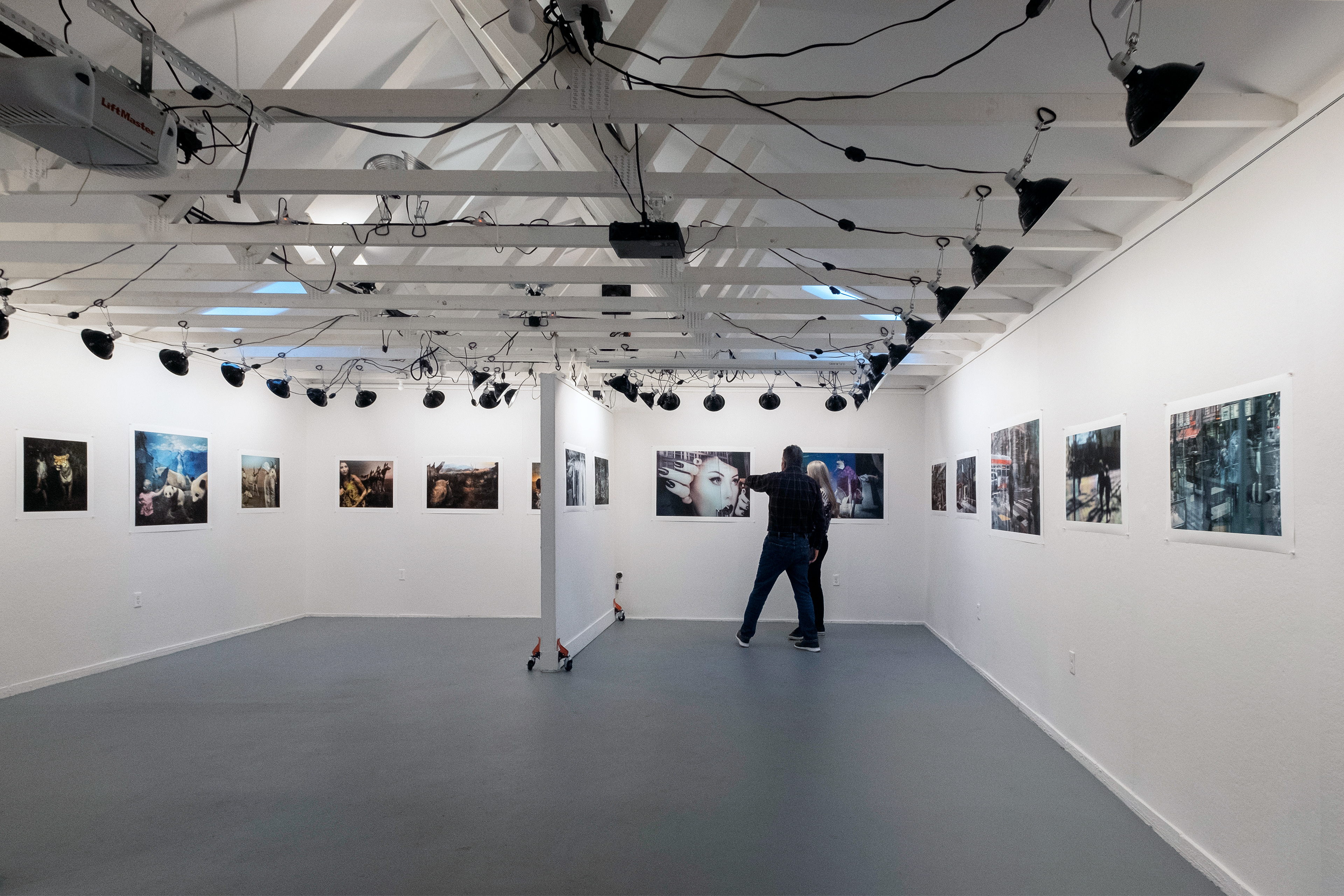
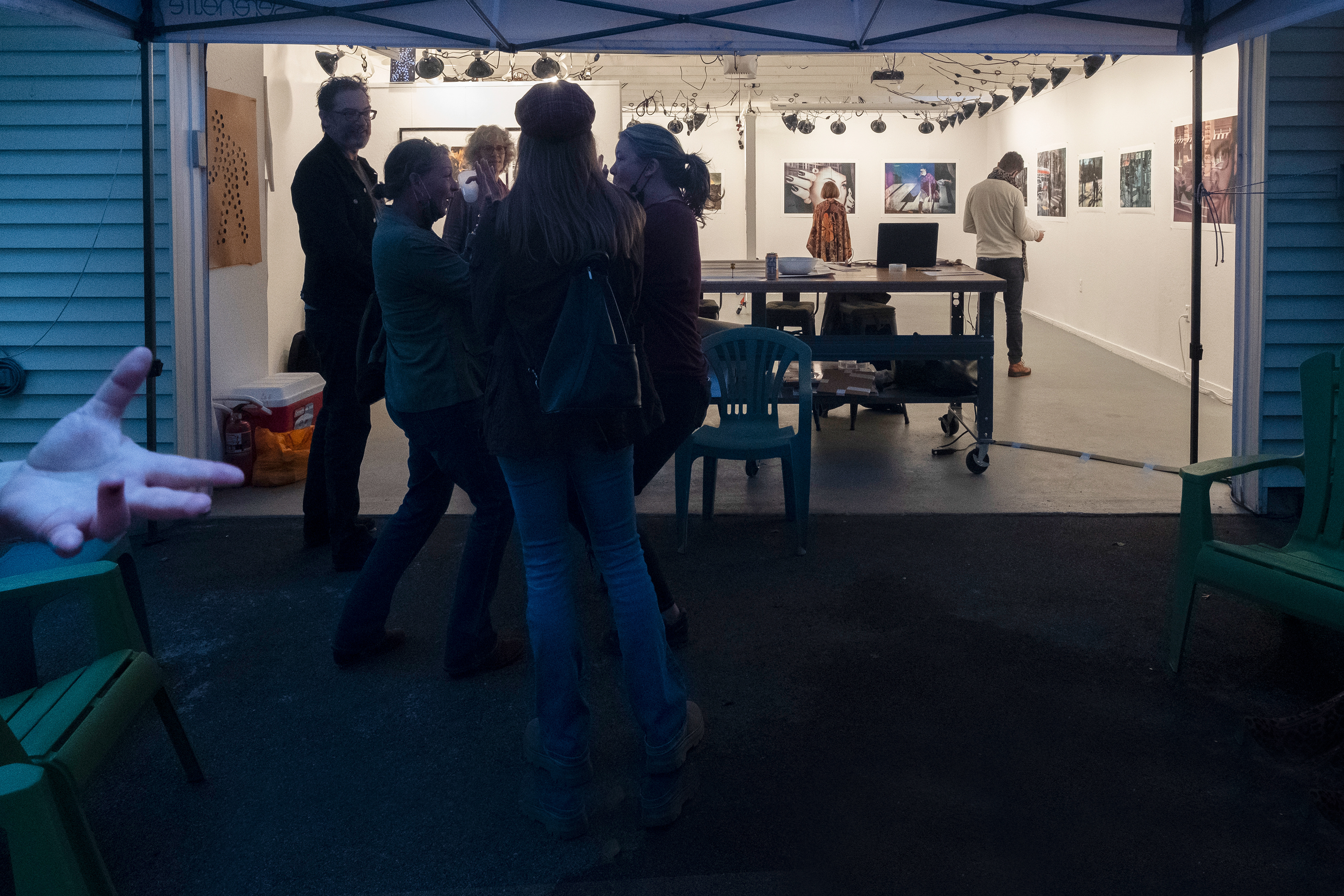
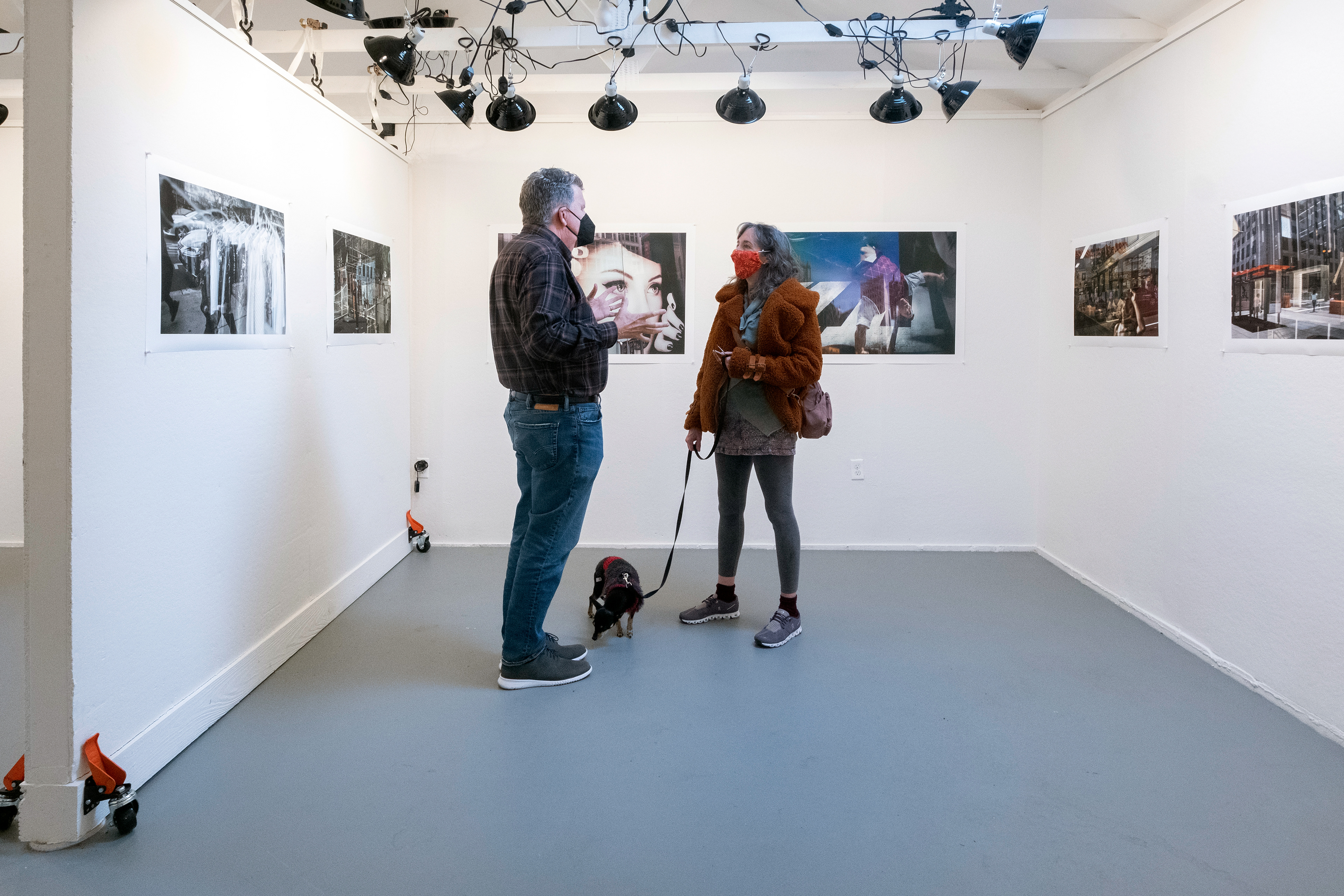
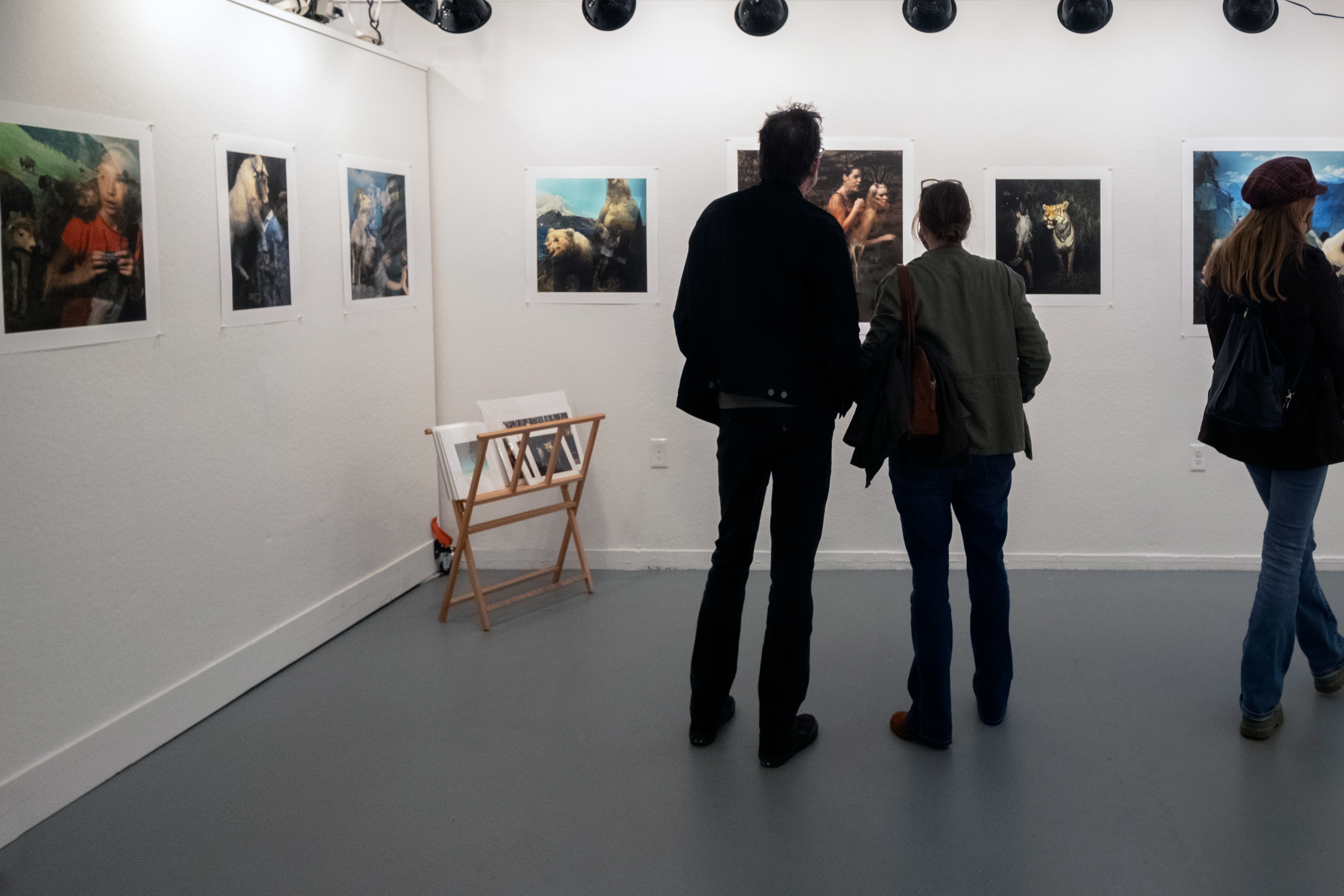
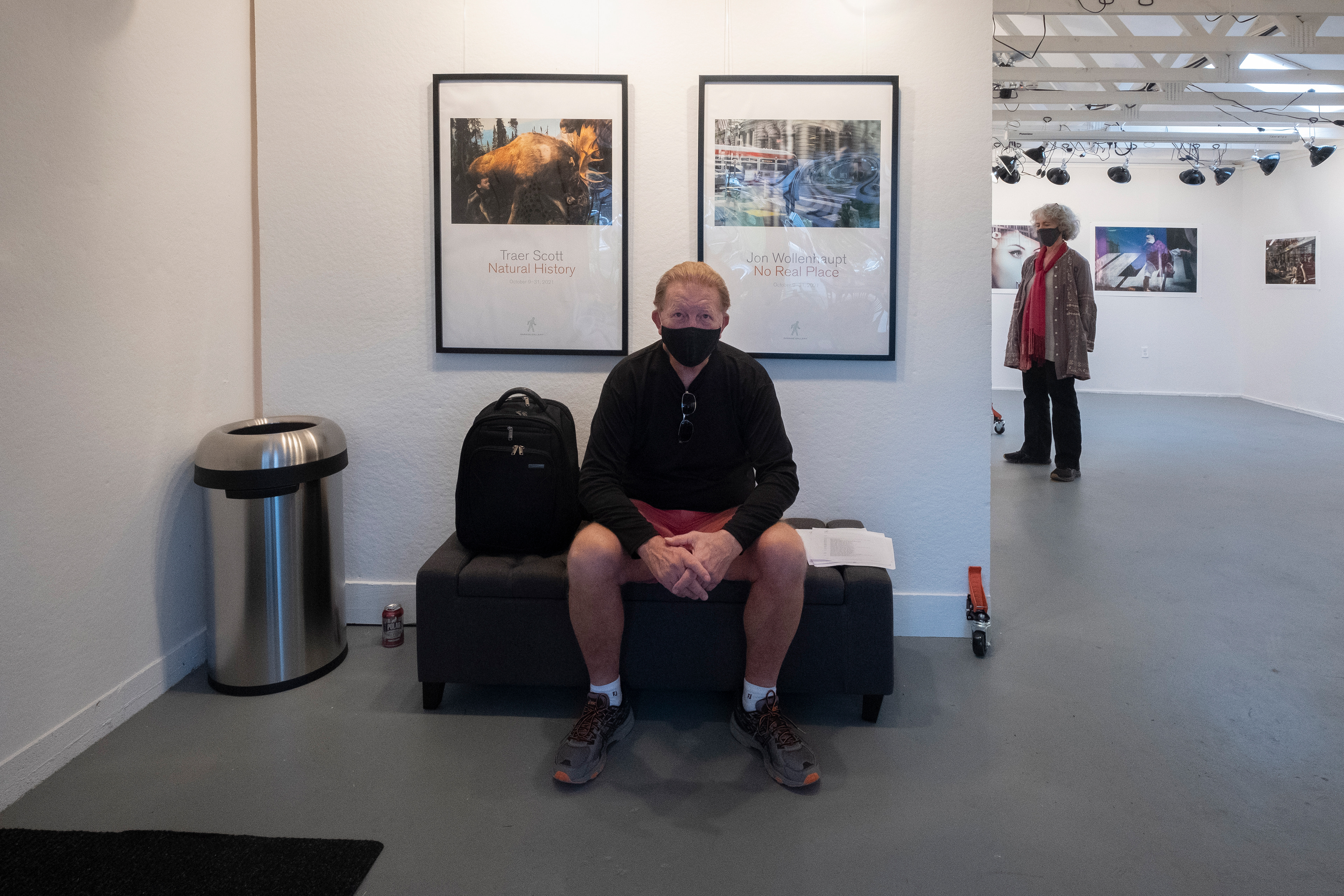




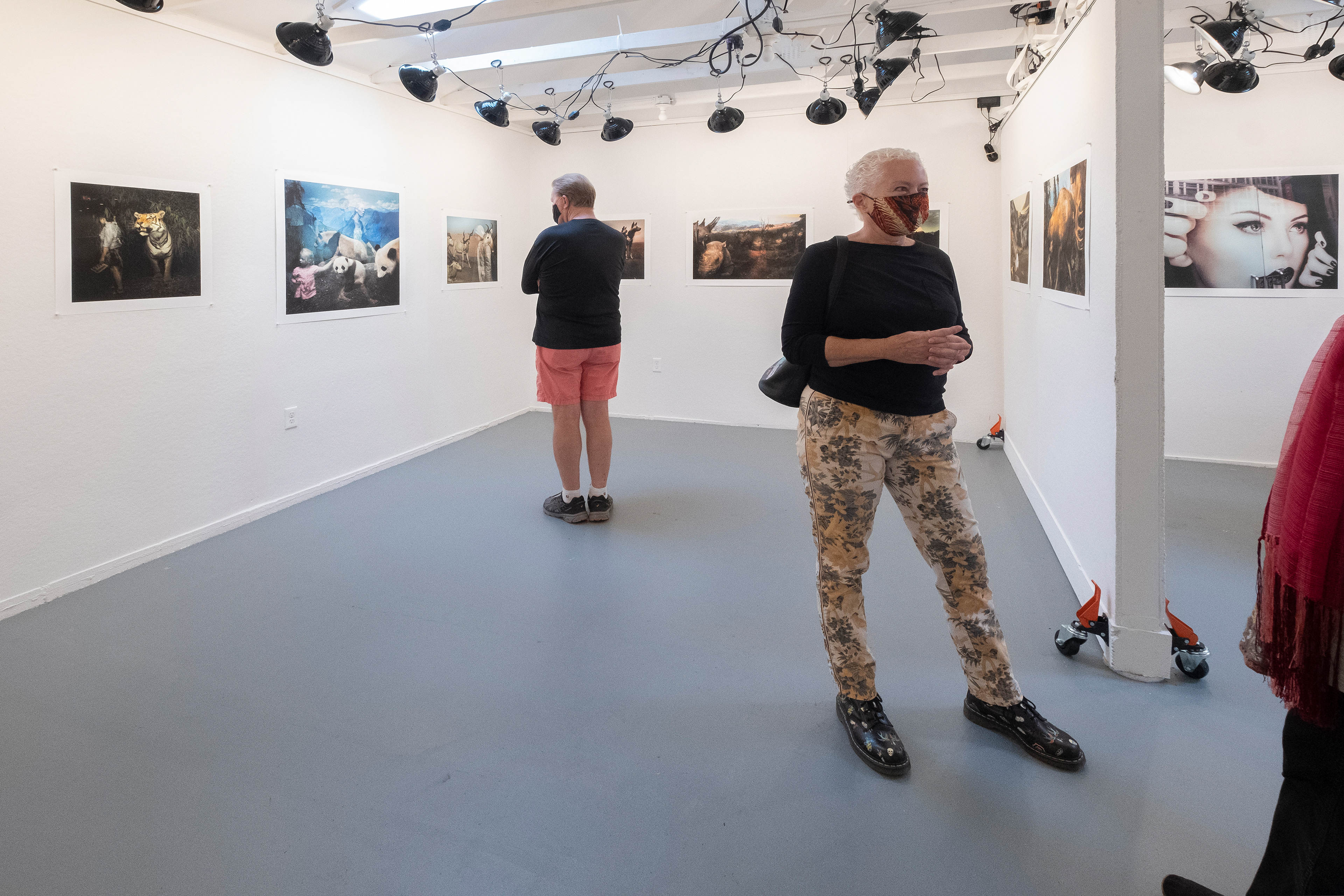

NOVEMBER 2021
Color Forms
Dennis Church
& Stanford Kay
Dennis Church
& Stanford Kay
November 2021
Penn Station, NY City © Dennis Church, 2021
Journal © Stanford Kay, 2015
Color Forms
In one of its first catalogs the Museum of Modern Art’s founding director, Alfred H. Barr Jr., wrote that artists “had grown bored with painting facts,” and that having “conquered” realism, they were driven “by a common and powerful impulse to abandon the imitation of natural appearance.” Both origin story and social commentary, this trenchant declaration drove the new museum’s acquisition policies and provided the narrative for hanging its permanent collection. Even after the transformational expansion in 2019, the invention of abstraction remains one of the museum’s key organizing principles, and its ramifications can be seen in the work of many contemporary artists.
Dennis Church is a street photographer—capturing candid pictures of everyday life in public spaces. While many such artists focus on expressive faces, ironic or amusing signage, golden hour light, and the ready-made abstractions of peeling paint, his primary subjects are rarely people or human interactions; or drama, humor, or pathos; or indeed, anything with much obvious interest.
Under the glare of mid-day sun, often shooting out his car window, he tames the chaos of construction sites, gas stations, highways and driveways, weedy sidewalks, and cars, lots of cars, into precise, calm images of surprising depth and beauty. Abstraction in painting culminated in minimalistic, single color canvases, whose visual and conceptual complexity manifested in often extremely subtle tonal, textural, and chromatic shifts. Church’s work suggests that photographic abstraction culminates in highly complex, densely compressed compositions that use color, form, and pattern to bring order and clarity to our sliced and diced reality.
Stanford Kay’s paintings are similarly ordered, layered, and reliant on color for their effect. Abstracted yet recognizable books, in piles and on shelves, both absorb and radiate light, propelling some volumes forward and disappearing others entirely. Tightly packed together, the play of light across their spines hints at the exuberant life within, which sometimes, despite closed covers, can’t be contained. Flowers and graphic symbols spill out—hand drawn or stenciled like wallpaper. In Kay’s paintings, books are beautiful and mysterious vessels of wisdom and pleasure, objects and architecture, vibrating between reality and abstraction.
